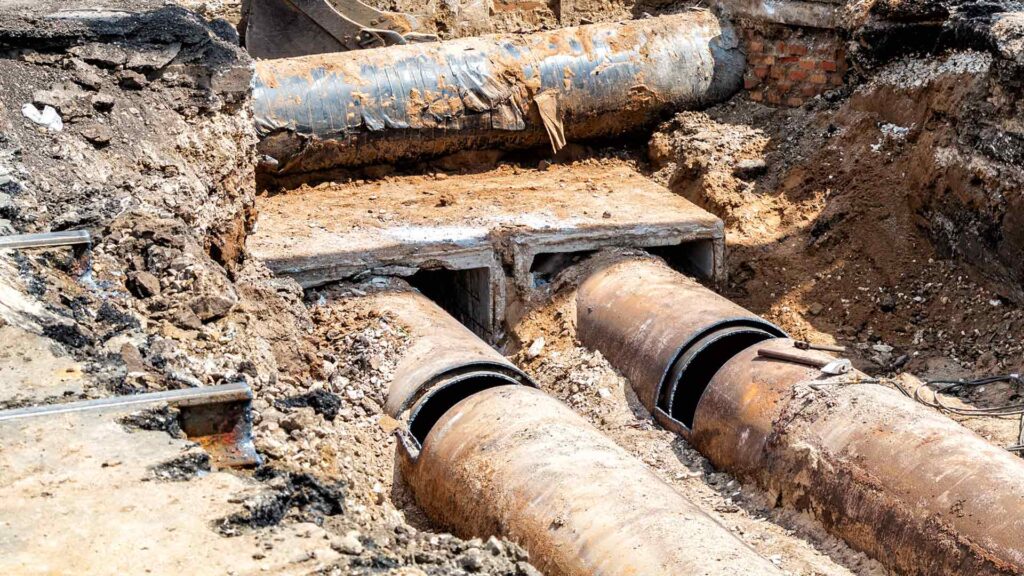
Aging infrastructure poses significant challenges to the functionality, efficiency, and resilience of sewerage systems worldwide. As urban populations grow and infrastructure ages, the deterioration of sewer networks becomes increasingly evident, leading to issues such as pipe failures, sewage leaks, and environmental contamination. It is therefore necessary to examine the implications of aging sewerage infrastructure and outline strategies for addressing these challenges.
The deterioration of sewerage infrastructure is primarily attributed to factors such as corrosion, material degradation, and inadequate maintenance. Many sewer pipes and components were constructed decades ago using materials such as concrete, clay, and cast iron, which have finite lifespans and are susceptible to degradation over time. Moreover, increased urbanization, population density, and industrial activity exert additional stress on sewerage systems, accelerating the rate of deterioration.
The consequences of aging sewerage infrastructure are manifold and can have far-reaching impacts on public health, environmental quality, and economic productivity.
Sewer pipe failures and collapses can result in sewage backups, overflows, and spills, posing health risks to communities and contaminating water bodies.
Additionally, deteriorating sewerage systems contribute to the infiltration of stormwater and groundwater into sewage networks, leading to hydraulic overloading, system surcharges, and increased treatment costs.
Addressing the challenges of aging sewerage infrastructure requires a multifaceted approach that encompasses asset management, rehabilitation, and proactive maintenance. Asset management strategies involve the systematic assessment of sewer networks to identify critical infrastructure vulnerabilities, prioritize investment decisions, and optimize resource allocation. Advanced technologies such as remote sensing, GIS mapping, and predictive analytics facilitate data-driven decision-making and enable utilities to anticipate and mitigate potential failures before they occur.
Furthermore, rehabilitation and renewal initiatives play a crucial role in extending the service life of aging sewerage systems and enhancing their performance and reliability. Techniques such as trenchless pipe replacement, cured-in-place pipe lining, and structural relining offer cost-effective alternatives to traditional excavation methods, minimizing disruption to communities and reducing project timelines.
Additionally, the use of durable, corrosion-resistant materials such as high-density polyethylene (HDPE) and fiberglass-reinforced plastic (FRP) can enhance the longevity and resilience of sewer infrastructure.
In conclusion, addressing aging infrastructure in sewerage systems requires proactive management, investment, and innovation to mitigate risks, optimize performance, and ensure the long-term sustainability of essential water services. By adopting a holistic approach to asset management, leveraging advanced technologies, and implementing effective rehabilitation strategies, utilities can overcome the challenges of aging sewerage infrastructure and safeguard public health, environmental quality, and community well-being for generations to come.


